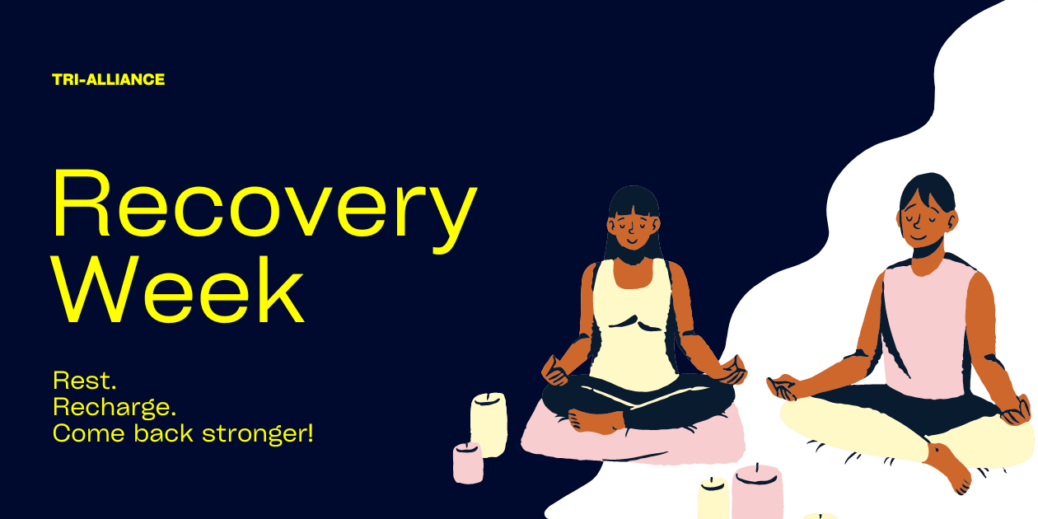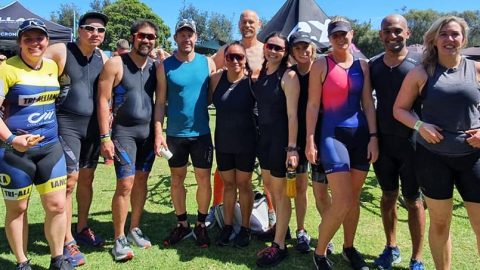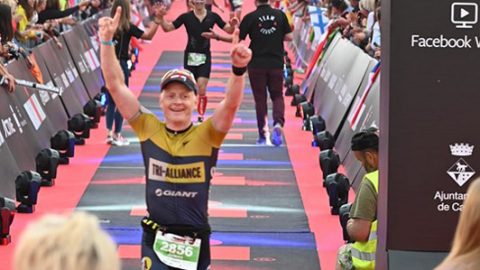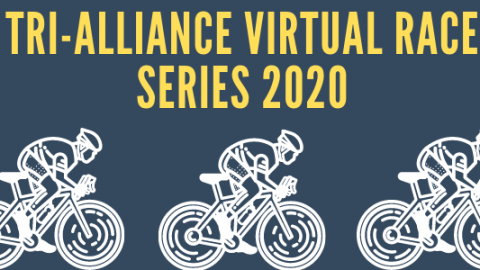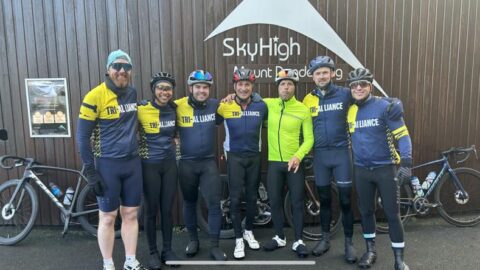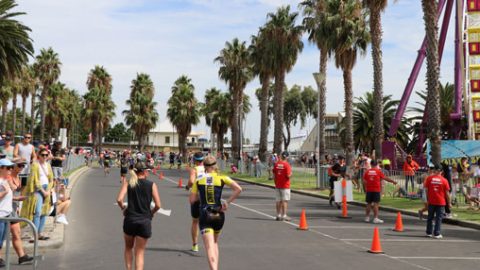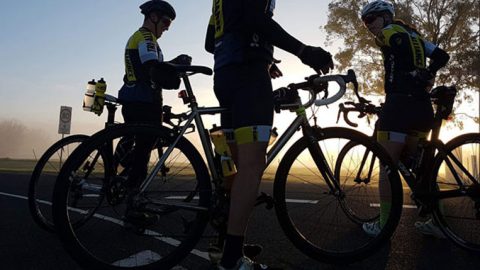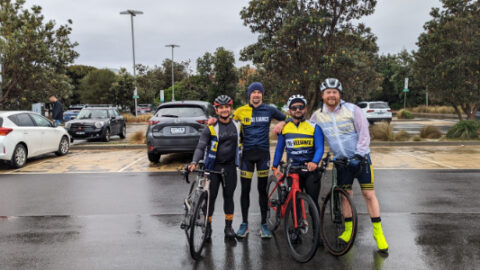When you’re logging serious kms across swim, bike, and run, recovery isn’t just a suggestion—it’s your secret weapon. Whether you’re crushing long rides or tackling tough bricks, giving your body the time and care it needs to bounce back can be the difference between feeling like a triathlon machine or dragging through your next session. Here are the top recovery questions we hear from the squad, with some tips to help you keep pushing strong!
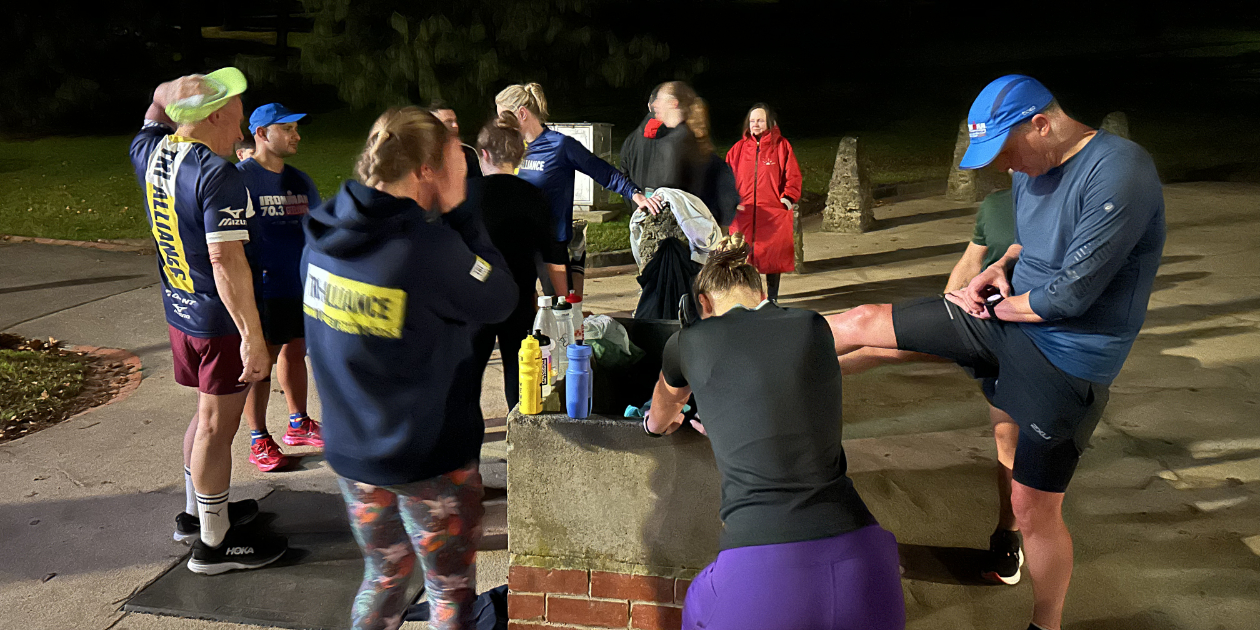
1. How long should I rest after a hard session?
After a brutal brick session or long ride, aim for 24-48 hours of rest or active recovery (a casual swim or easy jog does the trick). Trust me—forcing a full-throttle session too soon and your legs will give you a stern talking to. Let them chill, they’ve earned it!
2. What’s the best way to speed up muscle recovery?
Nothing magic here—active recovery like an easy spin or swim, lots of water, stretching, and, yes, good ol’ nutrition (you know, protein that doesn’t come from post-race beers). Throw in a foam roller session and a good night’s sleep for a full recovery kit.
3. Should I still train if I’m sore?
If you can still walk up the stairs without cursing your quads, go for a light session to get the blood flowing. But if getting out of bed feels like T2 on race day, maybe take it easy and stretch or swim instead. No need to be a hero every day.
4. How important is sleep for recovery?
Sleep is your secret weapon, especially after those monster endurance days. Think of it as your body’s reset button—aim for 7-9 hours to give your muscles time to rebuild. Plus, it’s the best excuse to hit snooze on those early Tues/Thurs starts!
5. What foods are best for recovery?
Post-session feasts should be loaded with protein for muscle repair (chicken, fish, or tofu if you’re fancy), carbs to restock your energy (hello, sweet potatoes), and don’t forget the greens for those vital vitamins. Oh, and some omega-3s to keep inflammation in check, especially after those long runs!
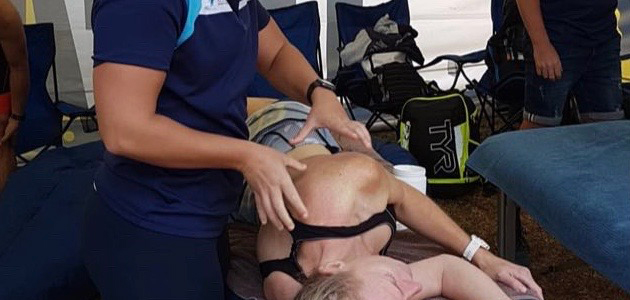
6. Is stretching or foam rolling better for recovery?
Both are your recovery buddies. Stretching keeps you flexible—great for those aero positions on the bike—while foam rolling works out the kinks after long days in the saddle. Use both if you want to keep moving smoothly!
7. How do I know if I’m overtraining?
If you’re feeling more dead than alive before your morning swim, or if your bike feels like you’re dragging it through mud, chances are you’re overtraining. Keep an eye out for fatigue, irritability, or an urge to punch your bike computer. If that’s the case, take a break, and consult your doctor!
8. Are ice baths or heat therapy better for recovery?
Ice baths after killer sessions can help reduce muscle soreness (not the most fun, but hey, neither is racing 70.3 miles!). Heat therapy—saunas, hot baths—can help with recovery when things are less intense. Mix and match based on how you feel.
9. Can I drink alcohol after a workout?
We get it, post-race beers are basically tradition—but if you’re serious about recovery, save it for after your recovery meal and hydration. A beer or two won’t totally wreck you, but moderation is key if you want to bounce back faster for the next session.
10. How can I tell if I’ve fully recovered from a session?
You’ll know you’re ready when your legs stop giving you dirty looks and you actually feel excited (not horrified) to train again. Your energy levels will be back, and your pace will feel easier. If you’re still dragging through session, you may need to take another day.
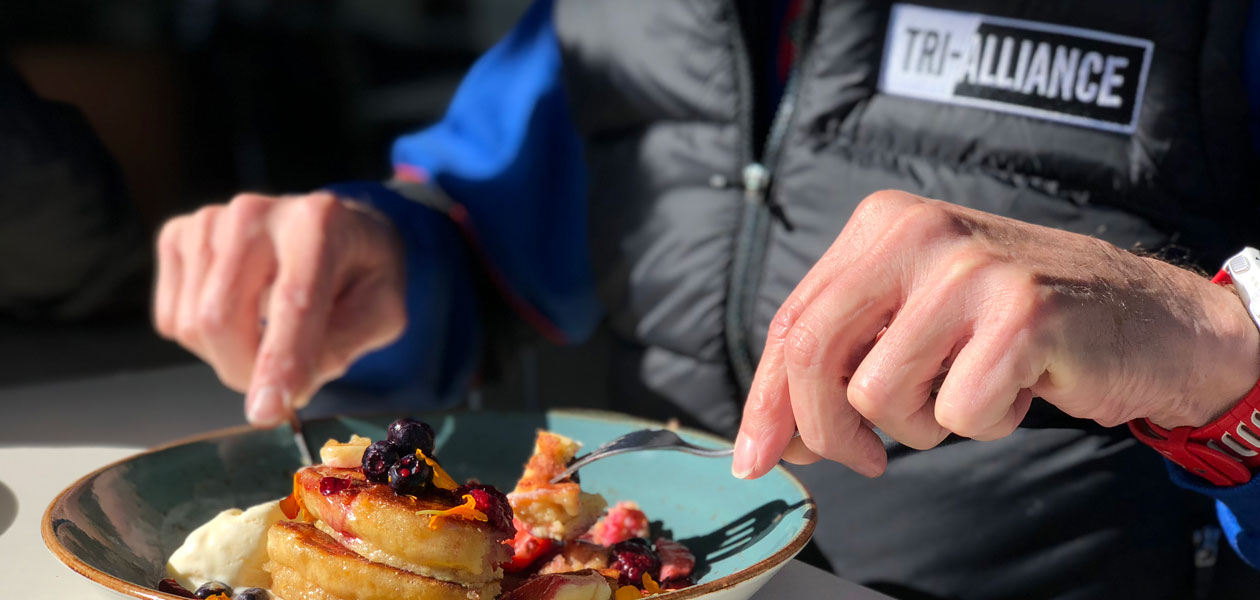
Recovery is just as important as the training itself, so don’t overlook it. Taking the time to rest, fuel properly, and listen to your body will help you come back stronger and more prepared for the next challenge. Remember—every triathlete knows that the real gains are made when you recover right!

